The final school bell of the day wasn’t just a signal that classes were over—it was the starting gun for the real adventures of childhood in the 1970s. Without smartphones, social media, or helicopter parenting, the after-school hours were a magical territory of freedom, creativity, and simple pleasures that today’s kids might find hard to imagine. For many who grew up during this distinctive decade of disco, Watergate, and Star Wars, those precious hours between 3 PM and dinner time contained the experiences that defined their childhoods. Here are twelve after-school activities that every ’70s kid lived for, the simple pleasures that made enduring fractions, grammar, and gym class entirely worth it.
1. Riding Your Bike Everywhere
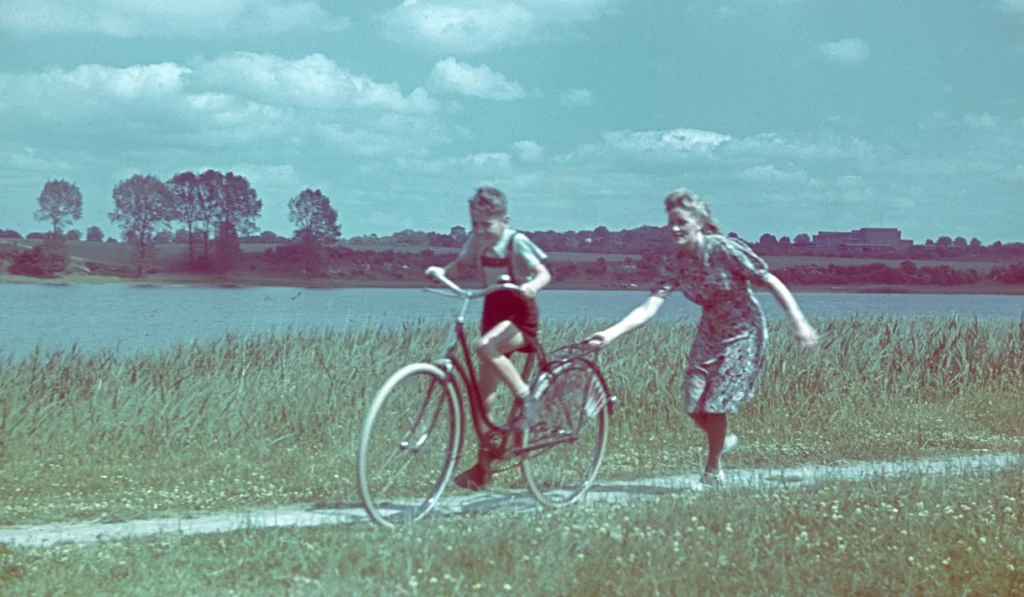
The moment you dropped your school books at home, freedom awaited on two wheels—banana seats, sissy bars, and handlebar streamers included. Your bike wasn’t just transportation; it was independence incarnate, transforming you from a kid stuck in a classroom to an explorer with the whole neighborhood as your domain. No helmets, no tracking apps, no constant check-ins—just the instruction to “be home when the streetlights come on” as you pedaled toward adventure. On top of that, to this day, Better Health Channel promotes the benefits of cycling for a person’s physical and mental health at any age.
Those endlessly spiraling bike journeys took you to friends’ houses, corner stores, vacant lots, and favorite hiding spots, often with playing cards clothespinned to the spokes for that essential motorcycle sound effect. For the stunt-inclined, any incline or piece of plywood instantly became an Evel Knievel-worthy ramp, with neighborhood kids gathering to witness your death-defying (if slightly wobbly) feats of daring. The scrapes and bruises were badges of honor in an era when “safety first” was still a distant concept on the parenting horizon.
2. Watching After-School Specials
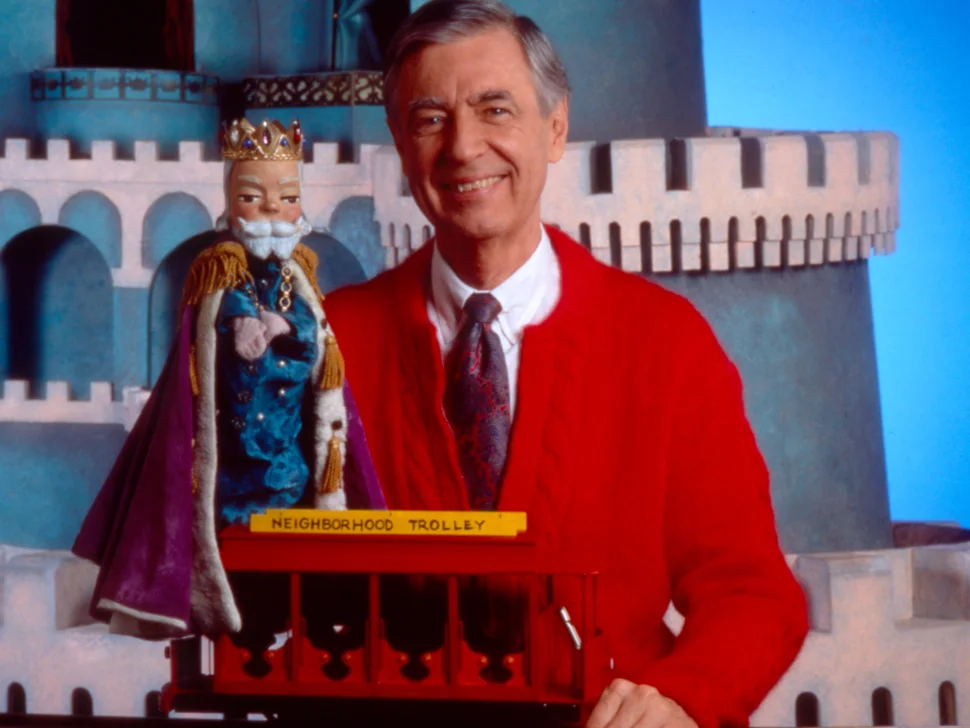
When the weather was bad or you needed downtime, there was something strangely comforting about ABC’s earnest “After School Specials” tackling everything from divorce to drug use with all the subtlety of a sledgehammer. These hour-long moral lessons featured actors you recognized from your favorite sitcoms suddenly dealing with “very special” issues, complete with somber music and inevitable learning moments. Despite their heavy-handedness, there was something captivating about these glimpses into teenage problems that awaited you in the mysterious future. In terms of the ones we looked forward to most, MeTV has a list of some of the very best across multiple decades.
The best viewing, however, came from the daily syndicated sitcom blocks featuring shows like “Gilligan’s Island,” “The Brady Bunch,” and “I Dream of Jeannie”—reliable friends who never failed to entertain while you sprawled across the shag carpeting. You knew every episode by heart, yet still laughed at the same jokes while munching on your favorite snack, perhaps with a mom-approved reminder to “not spoil your dinner.” For latchkey kids with working parents, these TV friends provided comforting company until adults arrived home.
3. Raiding the Kitchen for Snacks
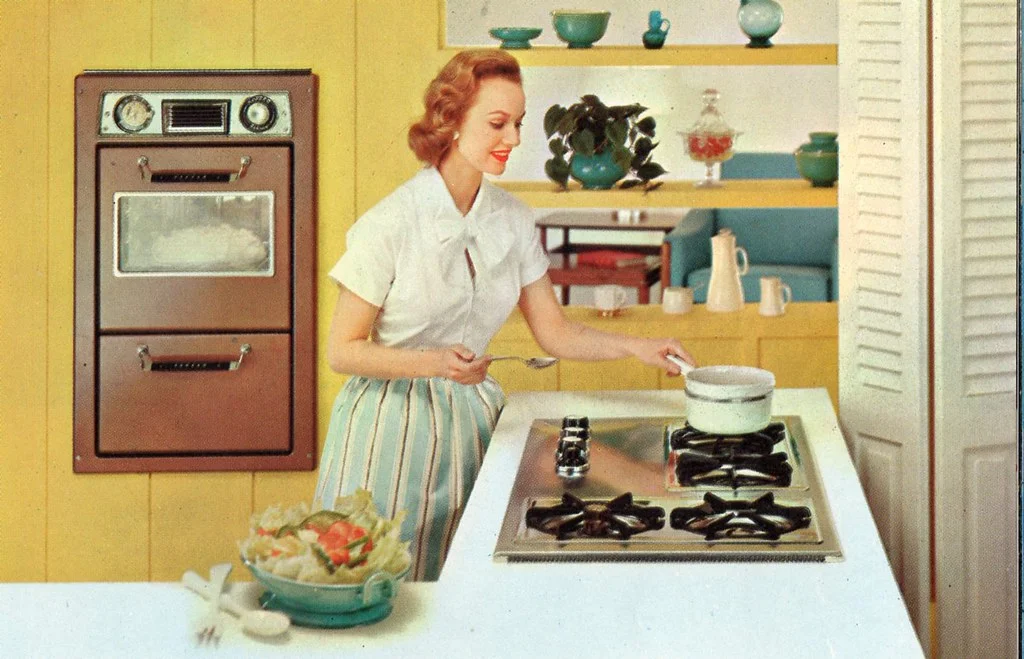
After-school hunger was a powerful force in the ’70s, and satisfying it was a daily priority that required immediate attention upon arriving home. The refrigerator door would swing open to reveal potential treasures—maybe leftover meatloaf for a sandwich, or if you were lucky, a fresh package of Oscar Mayer bologna for the perfect quick meal. The pantry might yield Hostess treats, Pringles in their innovative tubular packaging, or perhaps some Shake ‘n Bake leftovers from the previous night’s dinner. Craft Your Happy Place takes a bite at listing out some of the most nostalgic snacks that satiated our after-school hunger in the tastiest way.
For the more culinary-minded kid, after-school cooking became an adventure in itself, with experiments ranging from simple English muffin pizzas to elaborate concoctions involving whatever could be found in the refrigerator. Kool-Aid in psychedelic colors mixed in plastic pitchers accompanied these feasts, often made with twice the recommended sugar for that perfect hyperactive boost. The best snacks were the ones you didn’t have to share with siblings—the secret stashes hidden in bedroom drawers or behind the encyclopedias nobody ever actually opened.
4. Playing Marathon Games of Kick the Can
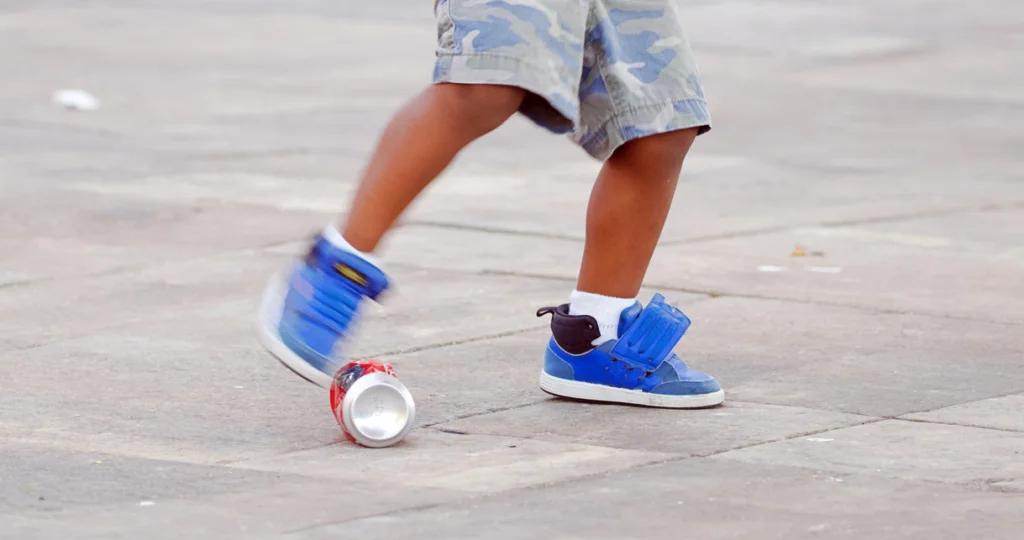
As neighborhood kids trickled home from different schools, the critical mass for street games would build until someone inevitably suggested Kick the Can, that perfect hybrid of hide-and-seek and tag that could occupy an entire neighborhood for hours. The rusty coffee can placed in the middle of the street became the nexus of elaborate strategies, daring raids, and heroic sacrifice as kids sprinted from hiding spots to kick the can and free captured friends.
The game’s flexible rules evolved to fit each neighborhood’s geography, with storm drains, large trees, and parked cars serving as strategic cover for would-be can-kickers. Arguments about whether someone was truly “seen” or had actually touched the can before being tagged were part of the experience, usually resolved through a complex kid-justice system involving rock-paper-scissors or “do-overs.” As dusk approached and moms’ voices echoed down streets calling kids for dinner, the final desperate attempts to kick the can created legendary neighborhood moments that would be recounted at school the next day.
5. Stopping at the Corner Store
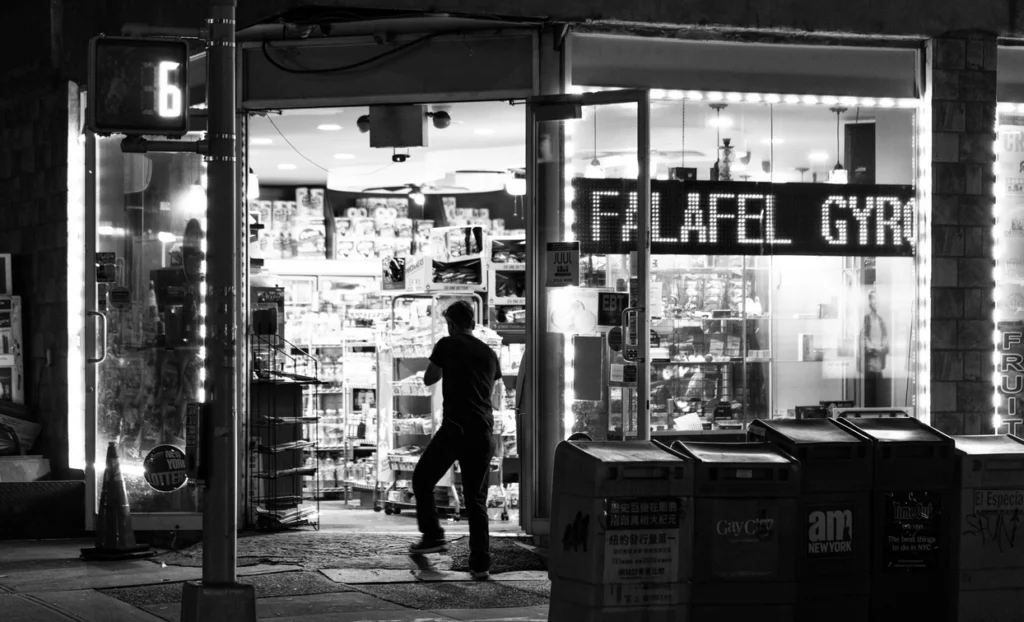
For kids with a bit of change in their pockets, the local convenience store was an after-school paradise of penny candy, comic books, and slushies in colors never found in nature. A quarter could buy a small treasure trove of Bazooka Joe gum (with essential fortune-telling comics), Atomic Fireballs, or those wax bottles filled with sugary liquid that nobody quite understood but everyone loved. The careful deliberation over how to spend limited funds was a lesson in economics more practical than anything taught in the classroom.
The corner store clerk knew all the regulars by name, keeping an eye on the baseball card inventory when your collection was missing just one player to complete a team. For the slightly older crowd, this was where you thumbed through the latest issues of Tiger Beat or Sports Illustrated, absorbing cultural knowledge without spending precious allowance money. The convenience store was also command central for neighborhood news—who got grounded, whose family was getting a pool, and most importantly, which brand of candy had mysteriously disappeared from production, causing immediate hoarding of remaining stock.
6. Building Forts Literally Anywhere
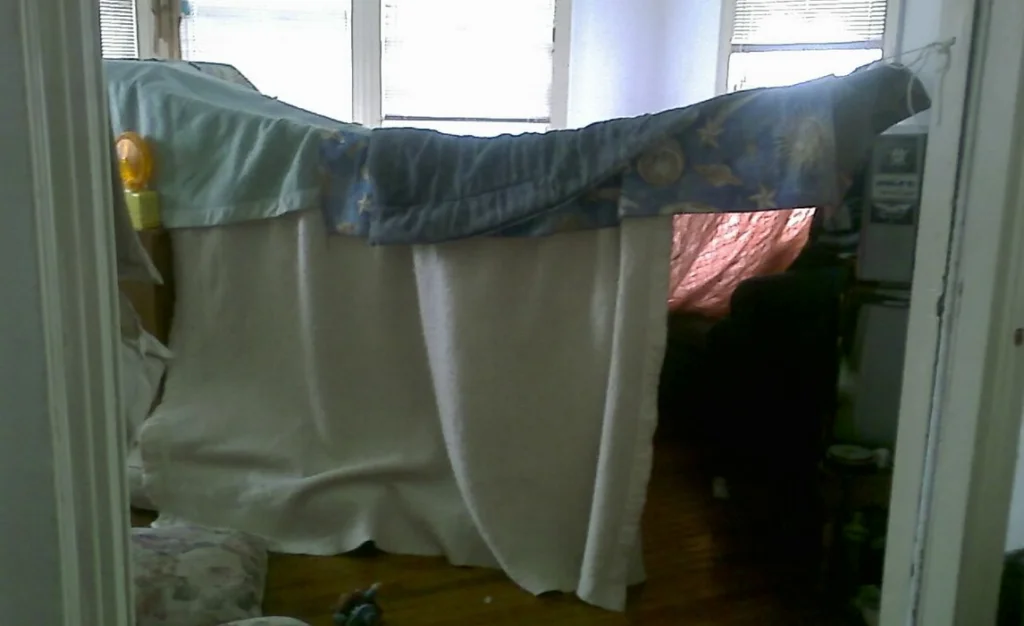
The ’70s child possessed an unmatched talent for converting any available materials into impromptu shelters, whether in wooded lots, living rooms, or backyards. Blankets draped over clotheslines created instant circus tents, while refrigerator boxes abandoned near apartment dumpsters were claimed like valuable real estate for conversion into clubhouses, spaceships, or time machines. These structures never resembled their imagined counterparts, but in the magic of after-school freedom, they became exactly what you needed them to be.
The most elaborate constructions involved complex negotiations with siblings and friends over architectural decisions, property rights, and who would be allowed to enter the hallowed space. Hours could be spent perfecting these hideaways with “borrowed” household items—flashlights, pillows, snacks, and treasured objects that parents would later search for frantically. The most successful forts survived multiple days, becoming neighborhood institutions until weather, parental patience, or the discovery of a better building opportunity brought their glory days to an end.
7. Roller Skating Down Dangerously Steep Hills
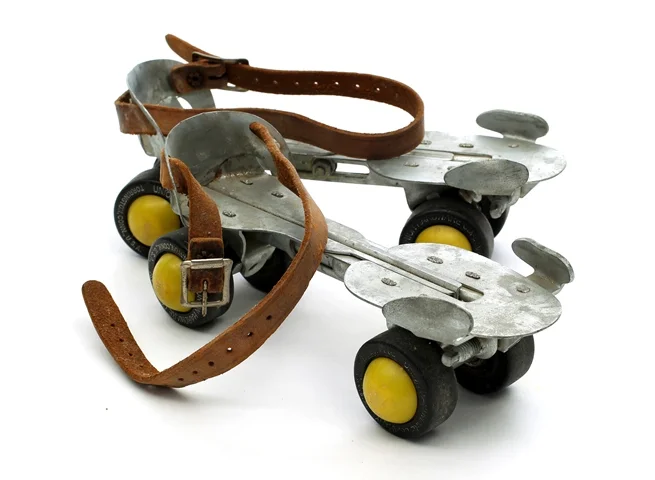
Long before safety equipment was considered essential, metal-wheeled roller skates clamped onto Keds became vehicles for neighborhood daredevilry, especially if your area featured any sort of downward slope. The skate key hung around your neck on a shoelace was the symbol of your skating independence, allowing adjustments for growing feet and emergency repairs when wheels threatened to detach during particularly ambitious maneuvers. The distinctive sound of steel wheels on concrete announced your arrival everywhere you went.
The real thrill-seekers sought out the steepest driveways and hills, creating informal competitions to see who could navigate the descent without wiping out spectacularly on the sidewalk. Injuries were inevitable but rarely reported to parents, with skinned knees and elbows treated by amateur medics wielding Bactine and Band-Aids sequestered from bathroom cabinets. The introduction of polyurethane wheels and the rise of roller disco toward the end of the decade added new dimensions to after-school skating adventures, but nothing ever matched the pure adrenaline of that first uncontrolled descent on metal wheels with nothing but a telephone pole to stop you.
8. Playing Marathon Monopoly Games
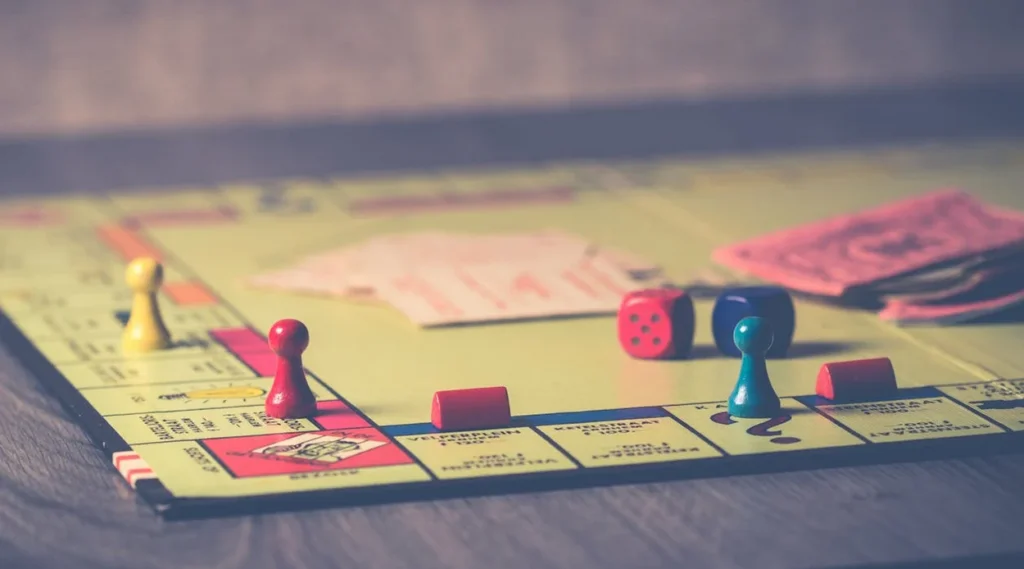
On rainy days when outdoor adventures were impossible, epic board game sessions often ensued, with Monopoly reigning supreme for its potential to last until bedtime or beyond. These games rarely followed the official rules, instead operating on complex local variations passed down like oral traditions, often involving massive payouts for landing on Free Parking. The true appeal wasn’t just the game itself but the social dynamics—alliances formed and broken, deals negotiated, and fortunes dramatically reversed.
Housing shortages were common as hotels concentrated on Boardwalk and Park Place became instruments of financial destruction for unwary players. The banker position carried tremendous responsibility and was usually assigned to whoever owned the game or had the most intimidating older sibling to prevent accusations of embezzlement. Many games were never officially completed, instead reaching natural conclusion when dinner calls could no longer be ignored or when a disputed rule led to the board being “accidentally” overturned—a time-honored tradition when facing imminent bankruptcy.
9. Watching Saturday Morning Cartoons (on the Preview Night)
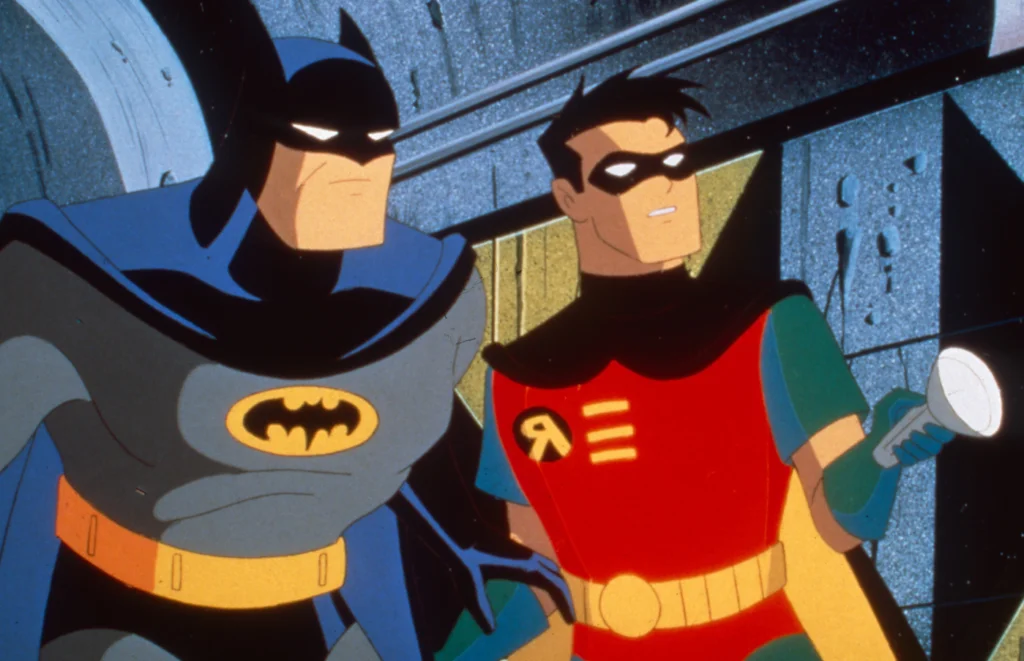
While Saturday morning remained the holy grail of children’s television, many networks began airing preview blocks of their cartoon lineup on Friday afternoons in the ’70s, giving kids a delicious appetizer of what awaited them the following morning. Shows like “Scooby-Doo,” “Super Friends,” and “Schoolhouse Rock” provided the perfect transition from school week to weekend, especially enjoyable because parents were often still at work and couldn’t enforce time limits or educational alternatives.
These preview sessions allowed for strategic planning of Saturday viewing schedules, crucial in an era before recording devices when missing a favorite show meant waiting months for a rerun. Friday afternoon cartoons also offered social currency—knowledge of new episodes or upcoming specials could elevate your playground status on Monday morning. For many kids, these animated hours represented the first deep breath after a week of educational confinement, the official signal that freedom had temporarily triumphed over spelling tests and multiplication tables.
10. Collecting and Trading Everything Collectible
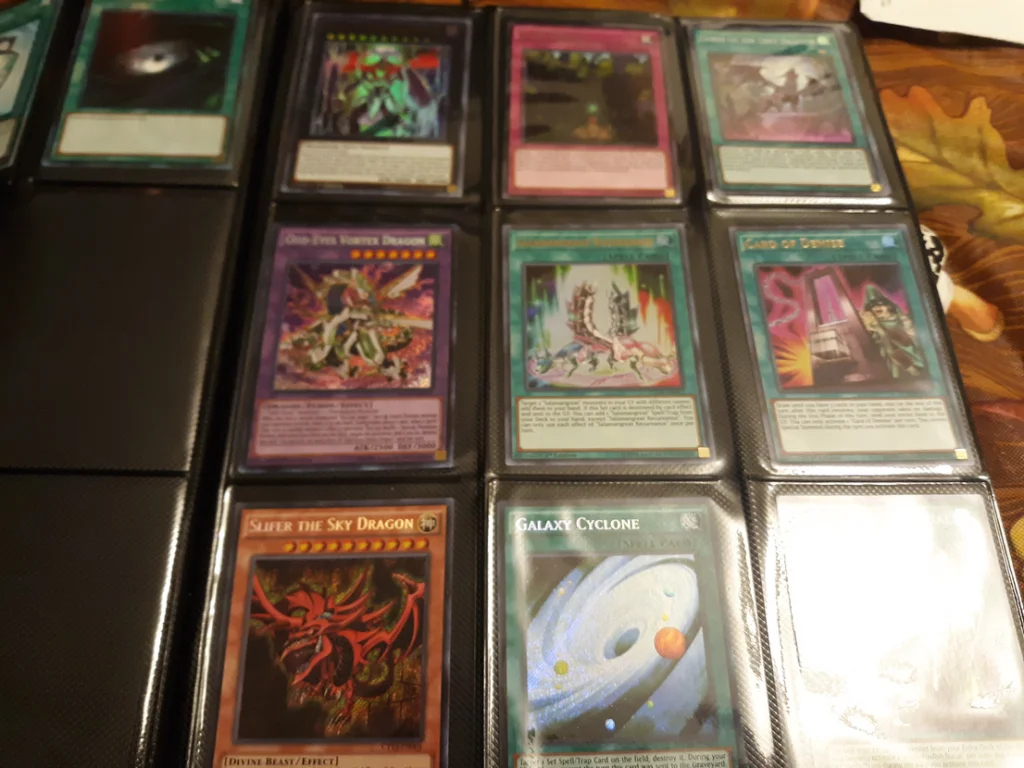
The after-school hours were prime time for serious assessment and negotiation of your collection, whether it consisted of baseball cards, comic books, Wacky Packages, pet rocks, or those mysterious Sea-Monkeys that never quite matched their illustrated packaging. Bedroom floors became display areas for carefully categorized treasures, with duplicates set aside specifically for trading purposes. The serious collectors developed detailed knowledge of rarity and condition that would impress professional appraisers.
Trading sessions with friends often involved complex multi-item deals, with hours of negotiation over whether a slightly bent Thurman Munson card was truly equivalent to two mint Reggie Jacksons. Parents rarely understood the importance of these transactions, frequently threatening to “throw out all this junk” during cleaning frenzies—a terror that led to elaborate hiding systems for truly valuable items. Many ’70s kids who became successful business professionals later credited these after-school trading sessions with teaching them the fundamentals of negotiation and value assessment more effectively than any business school.
11. Making Crank Calls
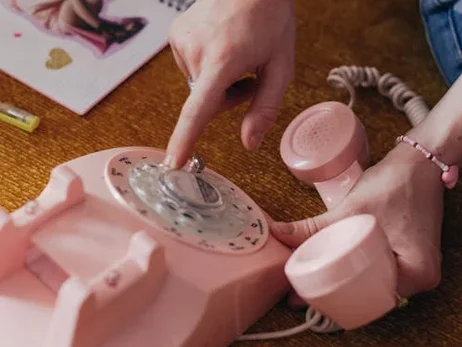
Before caller ID and *69 made telephone anonymity impossible, the after-school crank call was a risqué art form practiced by otherwise well-behaved children momentarily drunk on freedom and dial tones. The classic “Is your refrigerator running?” or calls to ask if “Amanda Hugginkiss” was available provided thrilling moments of rebellion for kids still years away from more serious mischief. The best crank calls required research in the phone book and careful planning among conspirators, with designated speakers and background laughers assigned specific roles.
The real mastery came from knowing exactly when to hang up and how long to wait before making another call, skills honed through practice and occasional close calls when adults became suspicious. Party lines and neighborhood phone networks made the enterprise particularly risky, as news of telephonic terrorism traveled quickly among parents. The introduction of automated recordings like “The Jerky Boys” toward the end of the decade commercialized what had been a folk art passed from older siblings to younger ones, but nothing matched the adrenaline rush of a personally crafted prank delivered to an unsuspecting recipient.
12. Participating in Elaborate Neighborhood Games
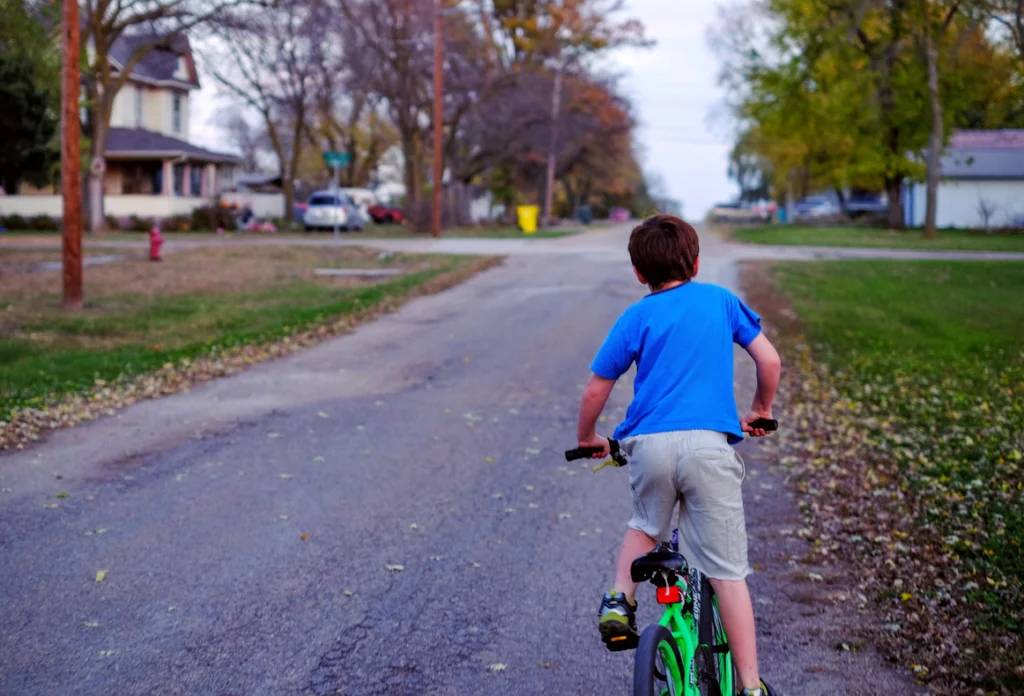
As dinner time approached, neighborhood children often united for final grand adventures—massive games of Capture the Flag or Red Rover that transformed entire blocks into battlefield terrain. Property lines became meaningless as kids raced through multiple backyards, using shortcut knowledge that only local children possessed. These games had complex rules that evolved over years, with special provisions for younger siblings, family pets that interfered with play, and territory that was off-limits due to particularly grumpy neighbors.
These neighborhood epics created bonds that crossed age groups, with teenagers occasionally joining in and adding new dimensions to familiar games. The unspoken understanding that play would immediately pause for passing cars or when anyone’s parent called made these sessions self-regulating in ways that baffled watching adults. As streetlights began to flicker on—the universal signal that outdoor freedom was ending—the intensity would increase for those final glorious minutes before reluctantly heading home, already planning tomorrow’s continuation of unfinished competitions and evolving alliances.
For children of the 1970s, those after-school hours represented freedom in its purest form—unscheduled, unsupervised time when imagination ruled and possibilities seemed limitless. Without the constant electronic entertainment and structured activities that define childhood today, kids created their own worlds in backyards, street corners, and living rooms across America. The lessons learned during these afternoon adventures—resourcefulness, negotiation, risk assessment, and social navigation—often proved more valuable than anything taught in classrooms. That distinctive combination of independence and community made even ordinary weekdays special, creating memories that continue to define a generation decades later.


